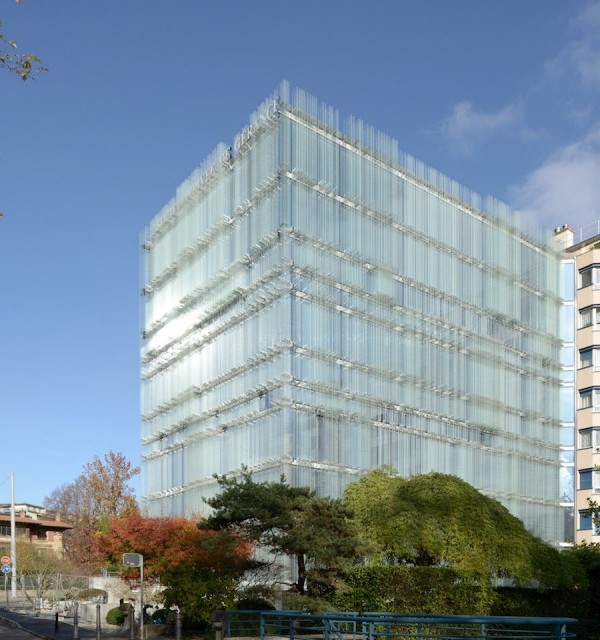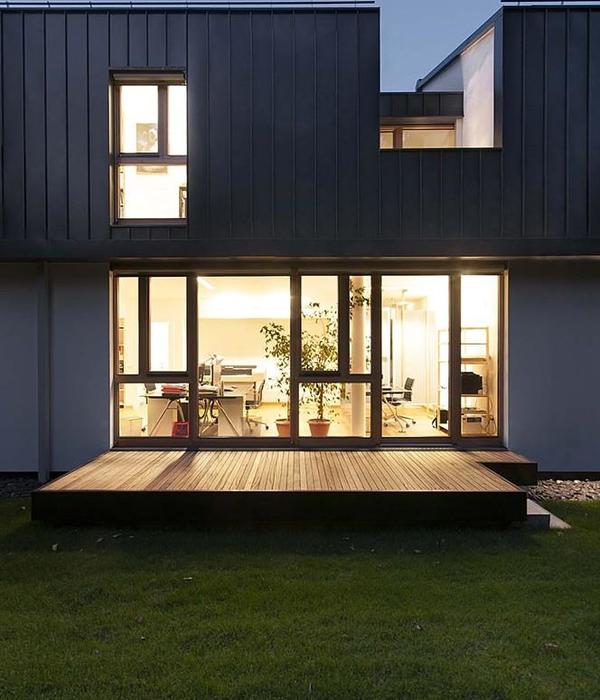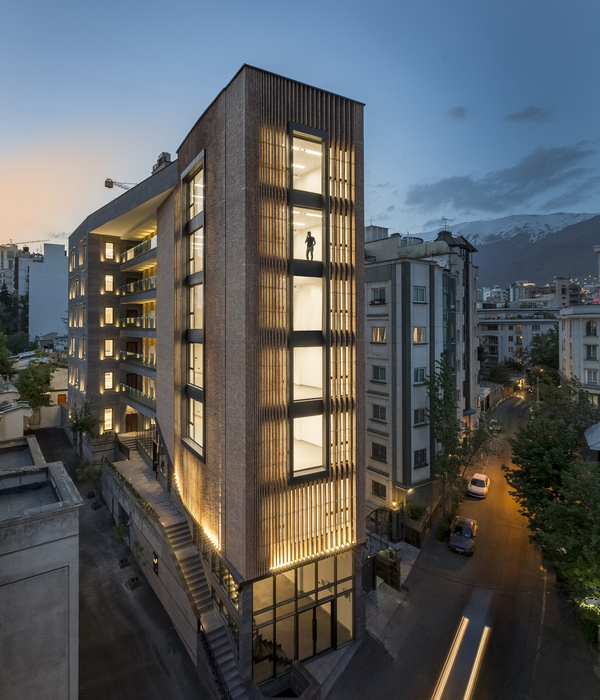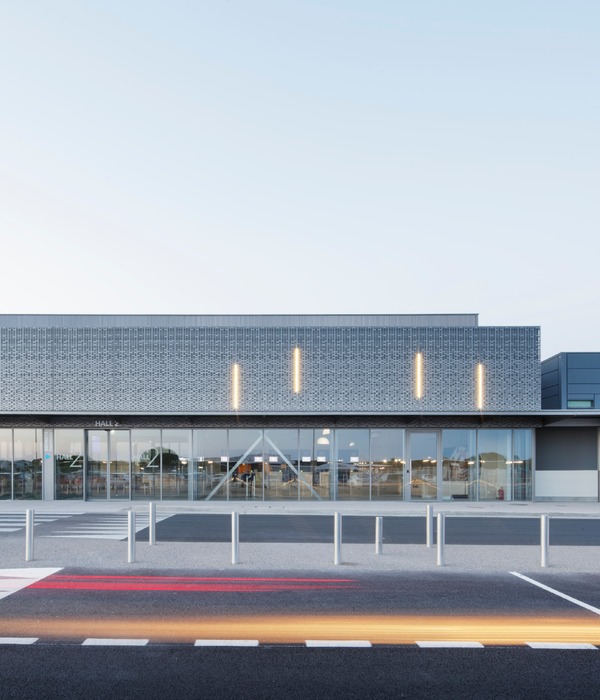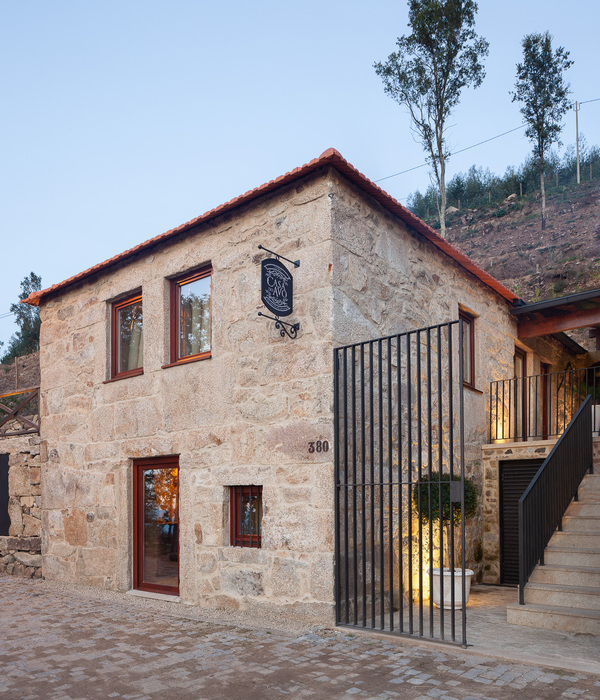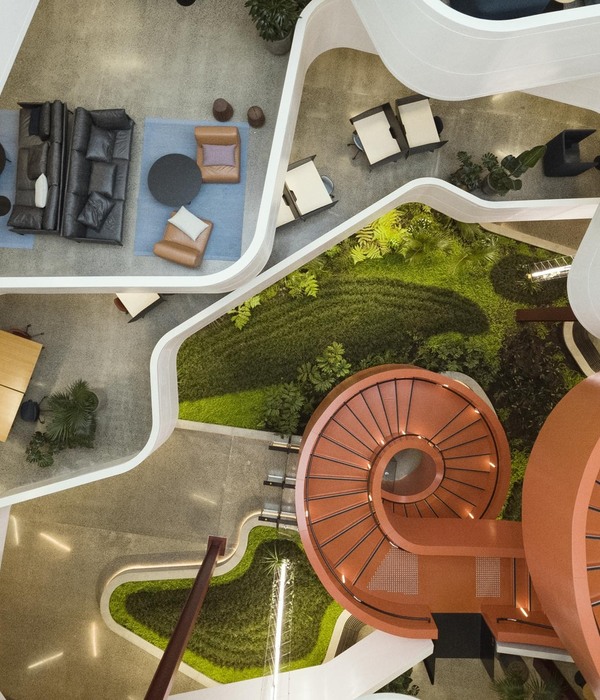Zhuhai Opera House is located on the shores of the island in Zhuhai, Guangdong province, China, where the surging Pearl River meets the South China Sea and becomes calm. Every day the dance-like convergence of the river and sea, the tide's ebb and flow is a spectacular scene in which architecture needs to show awareness and sensitivity in responding to this vast natural environment and avoid interrupting it which took billions of years to build up. Therefore, the design incorporates a humble attitude in the face of the ocean and the earth and becomes an integral part of nature.
With a total building area of 59,000 square meters, including 1,550 seat opera house, 550 seat multi-function theatre, and 350 seat outdoor theater, the form of Zhuhai Opera House is from the natural flow curve, and the overall outline spreads along the coastal plane. It is light and dynamic. Inspiration for the layout of the site comes from the receding tides in the evening, accompanied by the moonrise. The sea and the sky gradually merged into one another, forming an ancient poetic conception of “The river tides fluctuate along the sea level and the moon cycles together”. Zhuhai opera house, built in 2017, has become a landmark in the city.
From Zhuhai's most famous Lovers Road, from the Pearl River's impending ocean, and from the bridge connecting Guangdong, Hong Kong and Macau Bay, the Opera House hopes to blend naturally into the sea and the sky with a pure and elegant image. The building is like covered with translucent silk, light and mesmerizing, forming a natural transition from the building to the environment. The entire interior of the building is also in a dramatic environment created with light. Sunlight, moonlight, and theater lights can blend with each other across the facade allowing the building to be filled with tension in silence.
Entering the Opera House, it slowly rises from the first floor foyer to the theater anteroom on the second floor, with vertical lines on the sides that line the sky, a sleek auditorium in front, and glimpses of green spaces and the sea that are visible through the façade, the audience's moods are invoked. The interior design of the auditorium is carried out on three levels: first, it is a modern architectural image with free flow inside and out, three horizontal lines ( border line of balcony, auditorium, and orchestral pit) and three vertical channels of recessed light naturally transition and connect to form a clear and flowing melody. Secondly, in order to express the elegance and grandeur of the auditorium of the Opera House, we adopt an axis-symmetrical pattern and a horseshoe-shaped layout in which the auditorium and the balcony rise gradually and use the latest three-dimensional digital technology for inspection and design so that all audiences have high quality performances. In addition, the auditorium design also pays special attention to the acoustic design of the performance and the requirements of the stage machinery, and integrates all the acoustic reverberations and sound-absorbing treatments into the overall design.
The color design of the auditorium is inspired by evening when the vast tumult sea gradually calms down, waiting for the magnificent moonrise. Through the gradient and contrasting colors, it satisfies the principle of darker colors in the proscenium wall, and displays the natural evolution from the canopy to the ground. The environment is ethereal and awe-inspiring, and it is very uniform with the atmosphere before the performance. At the same time, Zhuhai Opera House has also obtained a unique indoor artistic environment.
{{item.text_origin}}



